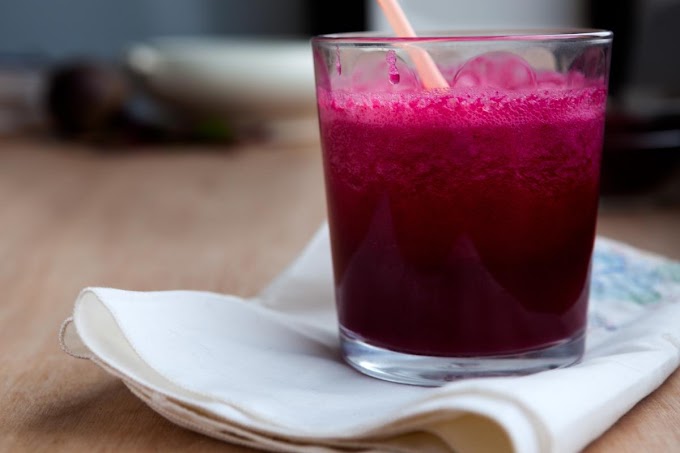When it comes to cooking, pasta is one of the most versatile and beloved dishes worldwide. From simple spaghetti aglio e olio to elaborate carbonara, pasta has endless variations. But have you ever heard of juniper spaghetti? If not, you’re in for a treat. This dish is an exciting blend of Italian culinary tradition and the subtle, pine-like flavor of juniper berries. It offers a unique twist on the classic spaghetti recipe, elevating it with a hint of herbal and slightly woody tones that makes for a refreshing, gourmet experience.
What Is Juniper Spaghetti?
Juniper spaghetti is an innovative pasta dish that incorporates juniper berries, an ingredient more commonly known for its use in making gin or as a spice for flavoring meats and sauces. These berries, native to parts of Europe, North America, and Asia, have a distinctive flavor profile: citrusy, sweet, and slightly bitter. They have long been used to add depth to rich, hearty dishes, particularly game meats like venison. However, their use in pasta is lesser-known but equally rewarding.
The essence of juniper spaghetti lies in blending the simple ingredients of a pasta dish with the aromatic complexity of juniper berries. This recipe enhances the pasta with a subtle earthiness and a touch of zest, creating a delightful and sophisticated dish.
Ingredients
To make juniper spaghetti, you’ll need the following ingredients:
For the spaghetti:
400g of spaghetti (or your preferred pasta)
1 tablespoon of juniper berries (dried or fresh)
3 cloves of garlic (minced)
1 tablespoon olive oil (extra virgin preferred)
1 small onion (finely chopped)
1/4 cup of white wine (optional, for deglazing)
1/2 cup of vegetable or chicken broth
1 teaspoon lemon zest
Salt and pepper to taste
Fresh parsley or basil for garnish
Parmesan cheese (optional, for serving)
For the sauce (optional):
2 cups of canned crushed tomatoes or tomato sauce (if you want to add a tomato-based sauce)
1/4 teaspoon crushed red pepper flakes (for a bit of heat)
1 tablespoon of butter or cream (optional, for a richer sauce)
Step-by-Step Instructions to Make Juniper Spaghetti
Step 1: Preparing the Juniper Berries
Juniper berries are small, dark-blue, seed-like cones from the juniper tree. When dried, their flavor is more concentrated. Begin by crushing the juniper berries lightly with the back of a spoon or using a mortar and pestle to release their oils and aroma. You don’t want them to be completely powdered, just enough to break them open. Set aside.
Step 2: Cooking the Spaghetti
Cook the spaghetti according to the package instructions. Be sure to cook it al dente, as this dish benefits from the slightly firm texture that al dente pasta provides. Once the spaghetti is done, drain it and set it aside, reserving a cup of the pasta water in case you need it to adjust the sauce later.
Step 3: Preparing the Base of the Dish
In a large skillet, heat the olive oil over medium heat. Once the oil is hot, add the finely chopped onion and sauté until it becomes translucent, about 3-4 minutes. Then, add the minced garlic and crushed juniper berries, and sauté for another 1-2 minutes until fragrant. Be careful not to burn the garlic as it can become bitter.
Step 4: Deglazing with White Wine (Optional)
If you’re using white wine, pour it into the skillet to deglaze the pan. Allow the wine to simmer for 2-3 minutes, reducing slightly, while it lifts the flavorful bits from the bottom of the pan. This step is optional but highly recommended for adding depth to the sauce.
Step 5: Adding the Broth and Lemon Zest
Add the vegetable or chicken broth to the skillet, stirring to combine the flavors. Allow it to simmer for a few minutes to reduce and thicken slightly. Next, stir in the lemon zest. The zest adds brightness to the dish, balancing the earthy flavor of the juniper berries.
Step 6: Optional Tomato Sauce
If you prefer a heartier dish with more sauce, now is the time to add the crushed tomatoes or tomato sauce. Stir in the tomatoes, along with the crushed red pepper flakes if you want a bit of heat. Let the sauce simmer for another 5-10 minutes to blend the flavors.
If you're going for a lighter sauce without tomatoes, simply continue reducing the broth and oil mixture until it reaches your desired consistency. You can add a tablespoon of butter or cream here to make it richer if you like.
Step 7: Combining the Spaghetti and Sauce
Add the cooked spaghetti to the skillet, tossing it well to coat the noodles evenly with the sauce. If the sauce seems too thick, add a bit of the reserved pasta water to loosen it up. Season with salt and freshly ground black pepper to taste.
Step 8: Garnishing and Serving
Finally, remove the spaghetti from the heat and garnish with freshly chopped parsley or basil. For an extra touch, sprinkle a bit of grated Parmesan cheese on top. If you're going for a dairy-free or vegan option, you can skip the cheese and opt for a sprinkle of nutritional yeast instead.
Serve the juniper spaghetti immediately, paired with a crisp salad or garlic bread for a complete meal. The result is a wonderfully aromatic dish where the juniper berries lend their unique flavor, perfectly complementing the simplicity of the pasta.
Tips for Enhancing Juniper Spaghetti
Experiment with Proteins: While this recipe is a simple vegetarian dish, you can easily enhance it by adding proteins like grilled chicken, shrimp, or even sautéed mushrooms. The flavors of juniper go especially well with game meats like venison or wild boar, should you feel adventurous.
Herbal Touch: Besides parsley or basil, you could incorporate other herbs like thyme or rosemary to add more depth to the dish. These herbs pair beautifully with juniper and can enhance the overall earthiness.
Vegan Variation: If you’re following a vegan diet, the dish can easily be made vegan by omitting the Parmesan and butter. Nutritional yeast can be used as a substitute for cheese, providing a nutty, cheesy flavor without any animal products.
Foraged Juniper: If you have access to fresh, wild juniper berries, the flavor will be even more pronounced and vibrant. Just ensure the berries are safe for consumption, as some varieties are not edible.
Wine Pairing: A crisp white wine, such as a Sauvignon Blanc or a lightly oaked Chardonnay, pairs wonderfully with this dish. The citrusy notes in the wine complement the juniper berries and lemon zest, enhancing the overall flavor profile.
Conclusion
Juniper spaghetti is an extraordinary dish that brings something new to the table for pasta enthusiasts. It’s a unique recipe that balances the simple flavors of spaghetti with the complex, aromatic tones of juniper berries. Whether you choose to make it light with just garlic and olive oil or enrich it with a tomato-based sauce, juniper spaghetti is sure to impress anyone who tries it. So, next time you’re looking for a special twist on pasta night, give this recipe a try. You may just discover a new favorite.








Social Plugin